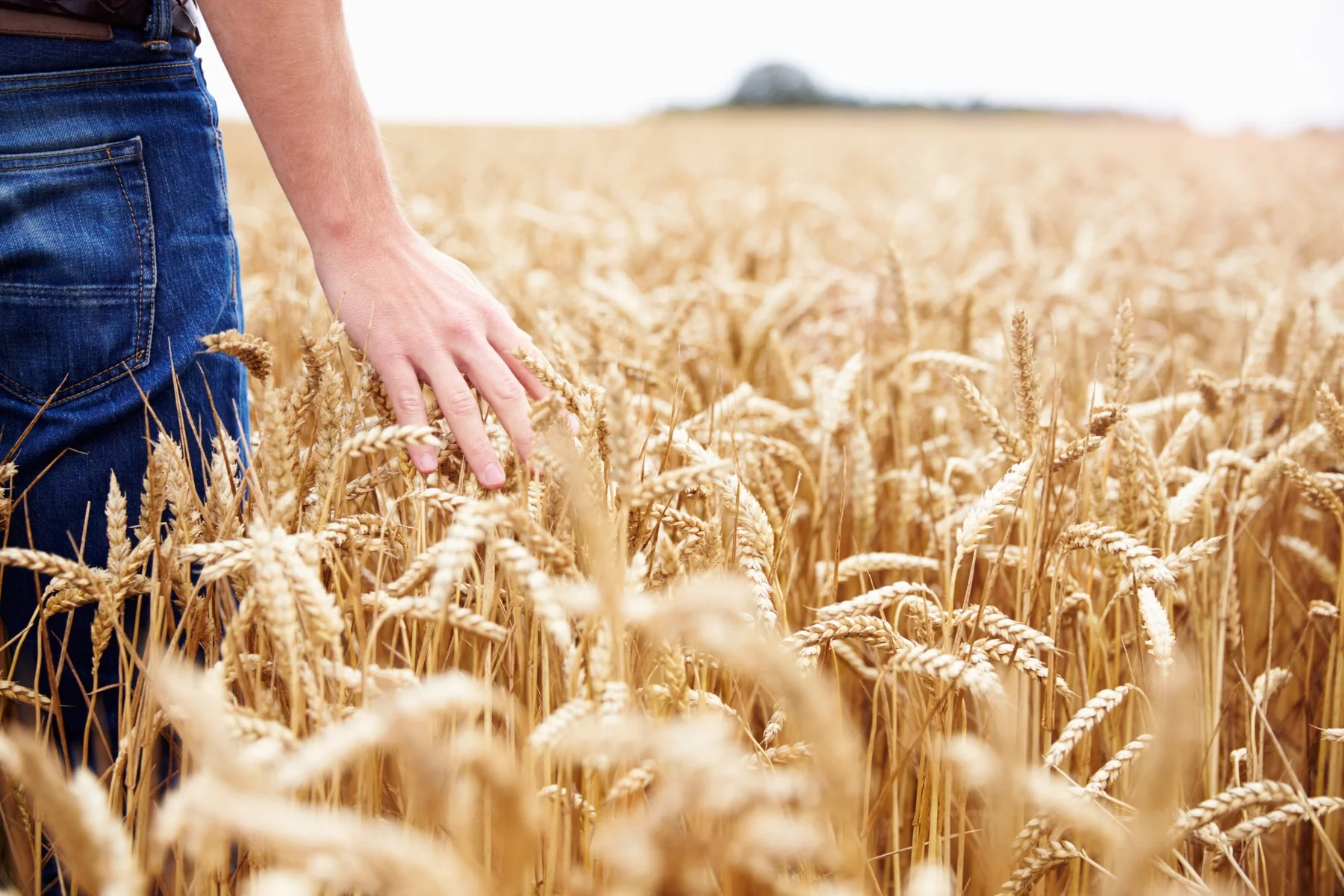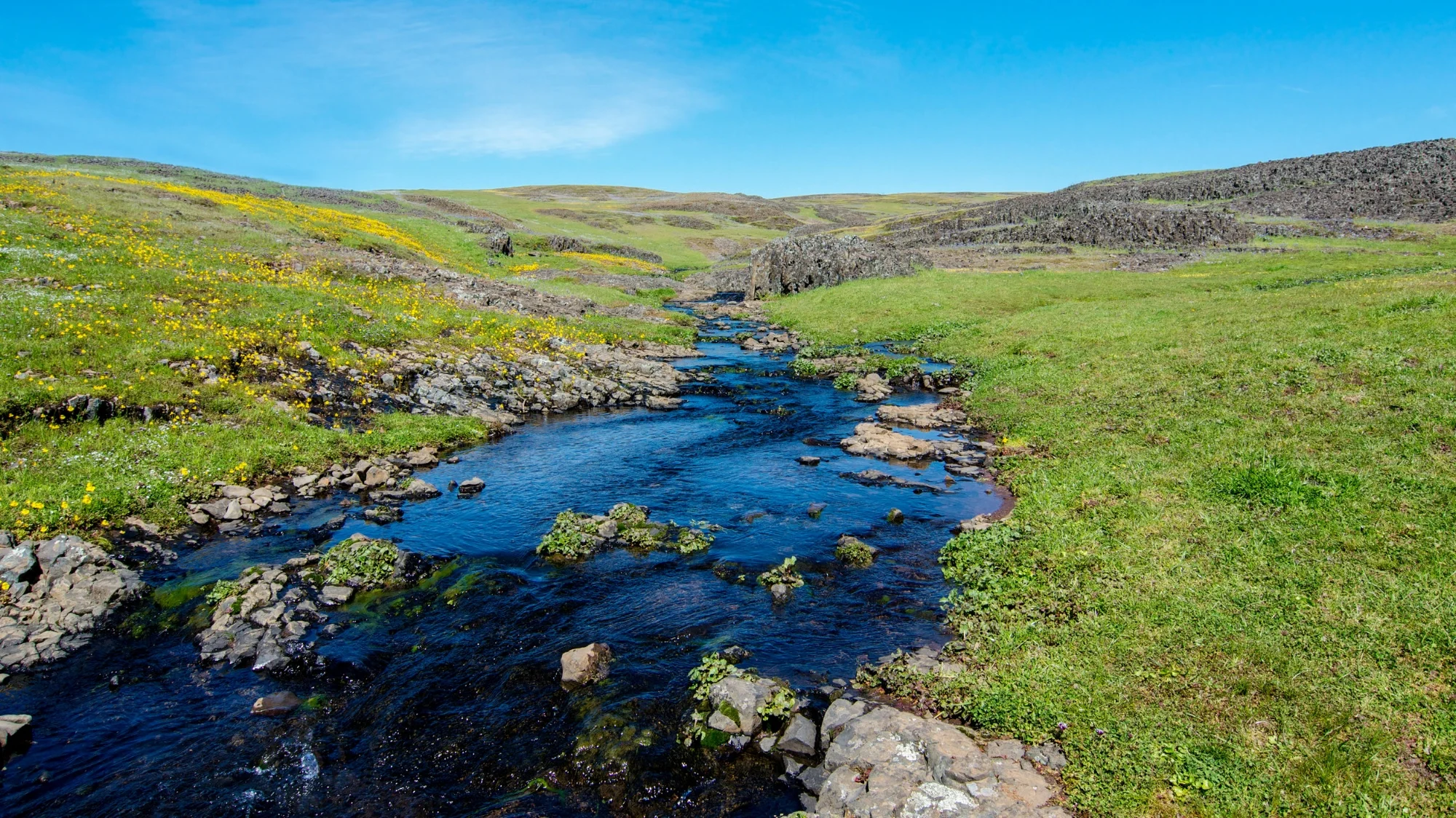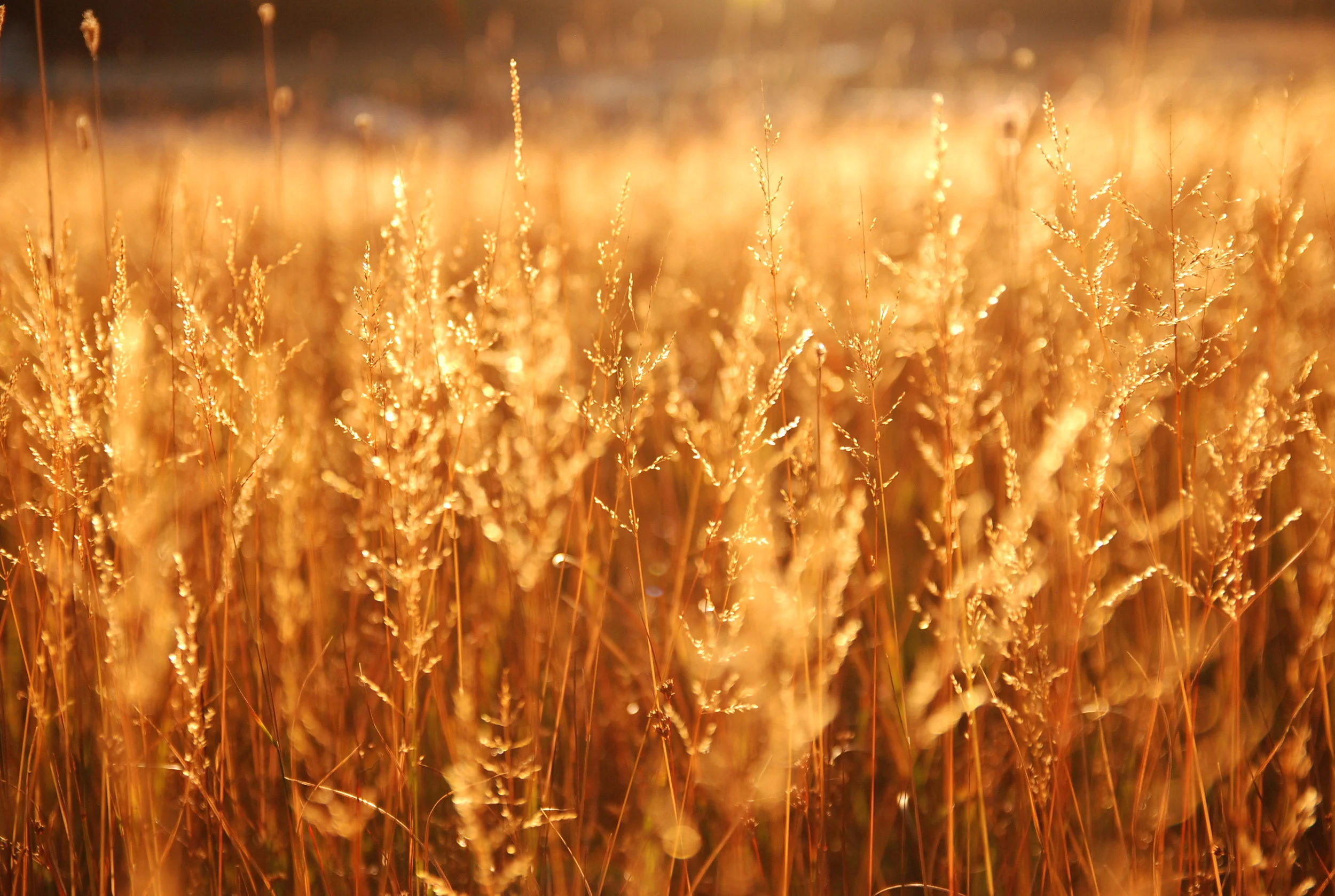There are a number of tools used across the country to connect people to land, promote ownership and equity, and preserve community values related to land-use. Community land trusts (CLTs) are one of these tools. Community land trusts are nonprofit, community-based organizations that aim to foster community stewardship of land.
MONTANA STATE HEMP PROGRAM DEADLINE APPROACHING
Applications are due May 1st for the 2019 Montana State Hemp Program. The Montana Department of Agriculture’s Hemp Pilot Program included 58 hemp growers and included grew 22,000 acres of hemp in 2018, up from 550 acres in 2017. In 2018, Montana grew more hemp in terms of acreage than any other state.
INTRODUCING OUR LAND SUCCESSION PLANNING SERIES
According to the United States Department of Agriculture census data, the average age of farmers and ranchers exceeded 58 years of age for the first time in 2012. Succession planning is one of the aspects of aging land operators and properties nearing transition.
MT & WY PROGRAM DEADLINES FOR NRCS ACEP FUNDING
The USDA's Natural Resource Conservation Service (NRCS) is accepting applications under the Agricultural Conservation Easements Program (ACEP) for the Agricultural Land Easement (ALE) and the Wetland Reserve Easements (WRE) programs. The deadline for funding in Montana is March 1, 2018. The announced cut-off date for funding consideration in Wyoming is January 26, 2018.
NORTHWEST LAND VALUES FIRST HALF 2017
According to the latest release from Northwest Farm Credit Services, agricultural real estate values in Washington, Oregon, Idaho, and Montana, are stable and increasing through the first half of 2017. Despite weaker commodity prices and less than favorable weather patterns in parts of the northwest, the constrained supply of properties for sale has continued to stabilize land values.
PROJECT ASSISTANCE FUNDS FROM COLORADO ENERGY OFFICE
MARKET SNAPSHOT OF NORTHWEST AG PROPERTY LAND VALUES
Northwest Farm Credit Services releases a Market Snapshot of land values quarterly. Their latest issue details market trends through 2016. The decrease in number of sales in 2013 - 2015 reflects constraints in supply rather than weak demand.
Across the region, demand remains strong for working ranches and good-quality agricultural properties due to a strong demand for grass and a limited inventory of good-quality properties. As is typical in the market, properties with premier recreational features or locales with limited private ownership are in highest demand.
JUNE DEADLINES FOR TWO WYOMING FUNDING PROGRAMS
The deadlines for local conservation districts and landowners to apply for funds under the Water Quality Grant Program (WQGP) and the Rangeland Health Assessments Program (RHAP), both Wyoming Department of Agriculture funding programs, are coming up in early June. Both programs require projects to have a 30% match, which can be cash or in-kind, and can also be federal funds such as 319 grand funds.
RLI LAND MARKET SURVEY
Across the entire United States, during the reference period (2015-2016), the dollar volume of land sales increased the most for timber land at 5% and residential land at 4%. Agricultural irrigated land sales fell by 1%, and non-irrigated land sales by dollar volume decreased by 2%, likely due to slump in commodity prices, according to the Land Market Survey released annually by the REALTORS® Land Institute and the National Association of REALTORS®.
KIDDING AROUND AT FARM 51
Just outside of Bozeman in Kelly Canyon, Jennifer and Chris Boyer raise boer and nubian goats on Farm 51. They provide sustainably-raised goat meat to restaurants in Bozeman and to consumers through the local Community Co-op. Farm 51 has grown organically from a hobby to a business for the Boyers.
UNDER THE BIG SKY
Montana seems to have an unusually high concentration of makers.
The Montana Television Network (MTN) recently re-launched the Under The Big Sky brand in part to feature the incredible depth of talented makers in the state. Focusing on first-person storytelling, MTN has created the new show to highlight the people, places and organizations that continue to make Montana a strong and dynamic community, and pave the way for the future while embracing and celebrating the past.
PLOWING FORWARD
The agriculture industry dominates the Montana economy. In Montana, agriculture is a $4.5 billion industry with a connection to one in five Montana jobs. There are 28,000 farms and ranches in Montana. And, the state is #1 in the nation in production of pulse crops and #2 in organic acres. All of these farms, ranches, crops, and people that work in the industry are affected by climate.
According to ongoing research, by 2050 Montana will likely realize a 4-6 degree increase in the temperature, 20-40 fewer days below freezing, and 5-10% less summer rain.
RANGELAND MANAGEMENT STRATEGIES
Data from rangeland studies in both Oregon and New Mexico supports grazing as a strategy to promote ecological resiliency. Grazing can be used to manage and promote perennial grasses. In a study focusing on The Great Basin area, researchers found that the fuel moisture of un-grazed rangeland was 21% whereas the same fuel moisture of properly grazed rangeland was over double that at 46%.
THE TOOL OF ADAPTIVE GRAZING
Because the ways in which land is managed affects the future ability to utilize the land, there's a case to be made to consider adaptive management today to best plan for tomorrow. By definition adaptive management is simply the systematic approach for improving resource management by learning from management outcomes.















